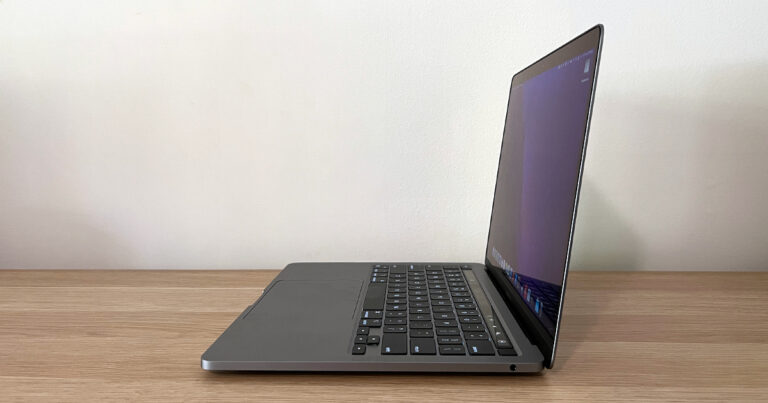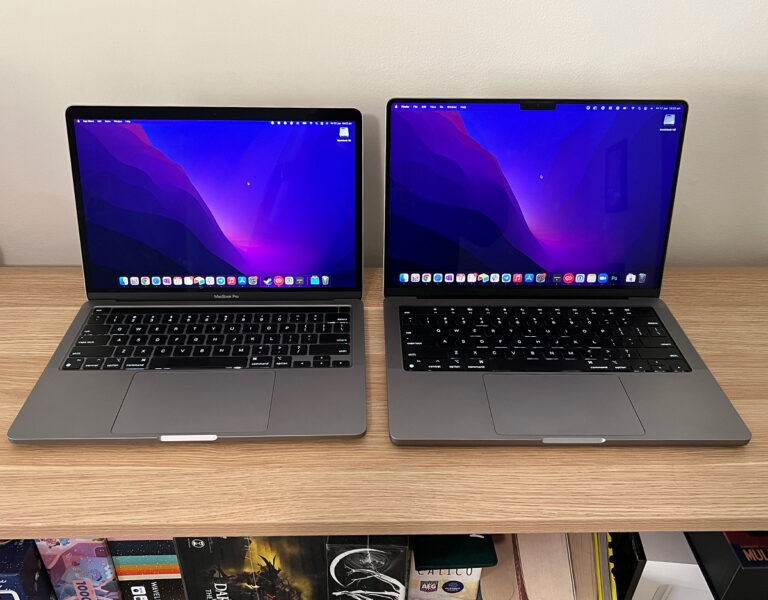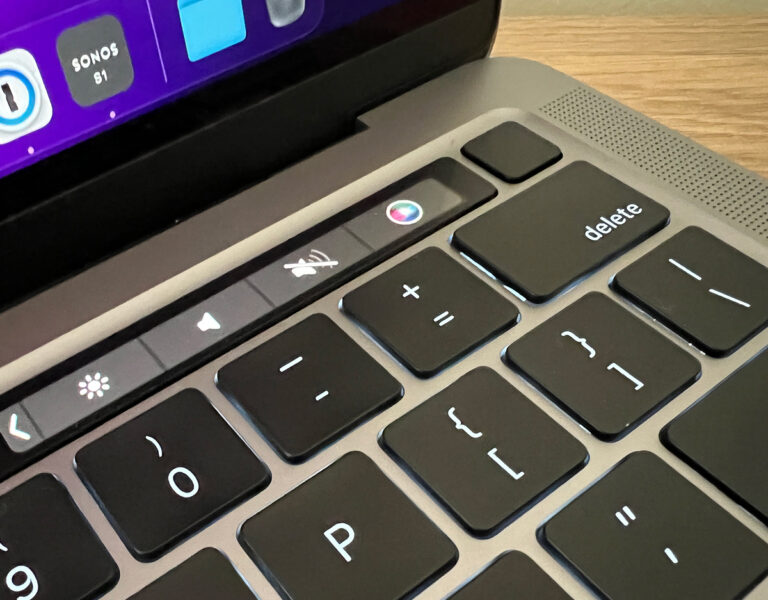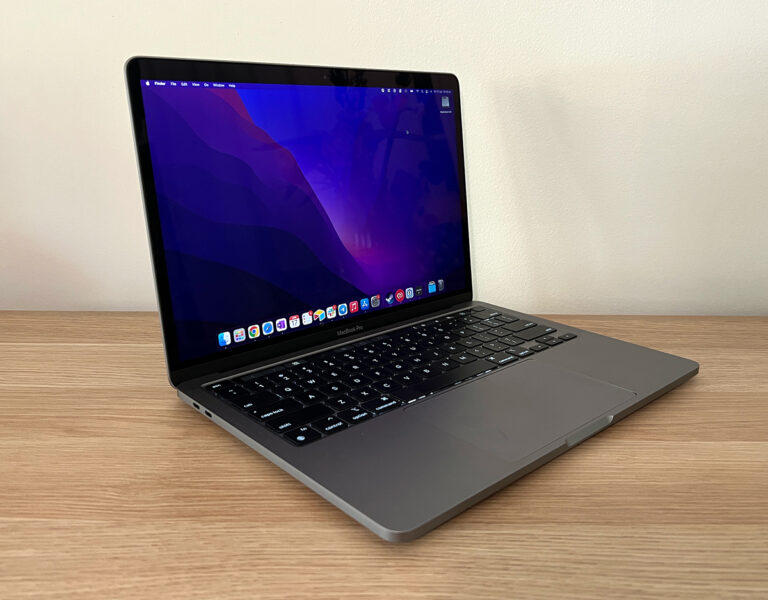Optus Mobile Review ALDI Mobile Review Amaysim Mobile Review Belong Mobile Review Circles.Life Review Vodafone Mobile Review Woolworths Mobile Review Felix Mobile Review Best iPhone Plans Best Family Mobile Plans Best Budget Smartphones Best Prepaid Plans Best SIM-Only Plans Best Plans For Kids And Teens Best Cheap Mobile Plans Telstra vs Optus Mobile Optus NBN Review Belong NBN Review Vodafone NBN Review Superloop NBN Review Aussie BB NBN Review iiNet NBN Review MyRepublic NBN Review TPG NBN Review Best NBN Satellite Plans Best NBN Alternatives Best NBN Providers Best Home Wireless Plans What is a Good NBN Speed? Test NBN Speed How to speed up your internet Optus vs Telstra Broadband ExpressVPN Review CyberGhost VPN Review NordVPN Review PureVPN Review Norton Secure VPN Review IPVanish VPN Review Windscribe VPN Review Hotspot Shield VPN Review Best cheap VPN services Best VPN for streaming Best VPNs for gaming What is a VPN? VPNs for ad-blocking A fully kitted out M2 MacBook Pro sells for $3,799 with 24GB of RAM and 2TB of storage. These are all pretty practical additions. On the other hand, the M2 MacBook Pro offers up a higher number of GPU cores in the default configuration, a fan to help with sustained performance, and a slightly longer battery life. You can however spec the M2 MacBook Air up to the same number of GPU cores as the M2 MacBook Pro. The Touch Bar is still also here, making the M2 MacBook Pro the last Apple laptop to include the divisive feature. This could be a plus for some, but a con for others. Personally, I prefer a row of physical keys, and I’d say it’s quite telling that Apple removed the Touch Bar from the rest of its line-up. The M2 MacBook Pro is certainly a zippy laptop, but we won’t know the exact difference in performance between the pair until the M2 MacBook Air is available. If we look at the previous generation, the M1 MacBook Pro’s fan helped edge out the M1 MacBook Air. For example, a task like a simple video export that may have taken 10 minutes on the M1 MacBook Air would maybe take eight or so on the M1 MacBook Pro. It wouldn’t be surprising to see this same kind of difference in performance this time around. When compared to the 14-inch MacBook Pro, the M2 model is missing a number of core features. Once again, there’s no MagSafe and the bezels are bigger. But you also miss out on an extra USB-C port, a HDMI connector, an SD card reader, and a high refresh rate display. The 14-inch MacBook Pro is naturally more expensive, commanding a $1,000 premium over the entry-level M2 MacBook Pro. However, the entry-level 14-inch MacBook Pro has twice the RAM and internal storage as the M2 MacBook Pro. As such, you’re only looking at a $400 upsell when compared to the M2 MacBook Pro with equivalent specs. If you want a light day-to-day laptop, the M2 MacBook Air is the more appealing machine. If you’re after a workhorse, I’d go for the M1 Pro 14-inch MacBook Pro. Either way, you end up with attractive features like MagSafe and a larger display in a similar form factor. I’ve had my review device for just under a week. I set it up on Thursday, and then took it off charge at night. I used it for about half the day on Friday, a couple of hours on the weekend, and then a full work day on Monday. By the time I finished up, I still had over 20% battery left. The M2 MacBook Pro just goes and goes. In terms of performance, I tested the entry-level M2 MacBook Pro for the sake of this review. While it’s not going to compete with Apple’s M1 Pro and up processors, it’s nonetheless a zippy machine that will handle all types of work with aplomb. One big limitation of the entry-level model is that it only ships with 8GB of RAM. A lot of my day-to-day work isn’t overly demanding, but the comparatively low amount of RAM meant running a bunch of Chrome tabs with web apps, OneNote, Photoshop, Slack, and AirTable caused the M2 MacBook Pro to choke. Restarting Chrome helped free up some RAM (Chrome is notorious for eating up RAM), but this isn’t something I have to do on Apple computers with 16GB of RAM. If I was going to get the M2 MacBook Pro, I’d definitely spring for the upgrade to 16GB of RAM - a $300 upgrade. If anything, it would have been good to see Apple make the default M2 MacBook Pro configuration start at 16GB, to create a bit more differentiation between it and the M2 MacBook Air. As with the rest of Apple’s computers powered by its own silicon, components aren’t upgradeable down the line. While that’s par the course for Apple these days, it does mean you need to consider your future needs at the time of purchase. One limitation worth noting is that the M2 MacBook Pro can only output to a single external display natively. This is the exact same situation as the standard M1 chips. As someone who typically works with two external displays, I would have loved to see Apple do more here. If I were buying a MacBook today, I’d either step down or step up. The M2 MacBook Air saves you $100, while offering a more modern design with MagSafe charging and a better webcam - even if you’re taking a slight cut in raw power. (I’d still upgrade the Air to a 16GB RAM model, however.) And while the 14-inch M1 Pro MacBook Pro is theoretically a bigger step up in price, it does a better job of earning the Pro moniker. The entry-level model is a better baseline, and being less reliant on dongles is always a plus. At the end of the day, I’m not quite sure who the market for the M2 MacBook Pro is. Do you really want a Touch Bar instead of a function row? It’s just a shame that the M2 MacBook Pro is just the M1 model with a better processor, rather than any more meaningful changes. Disclosure: This author owns shares in Apple



